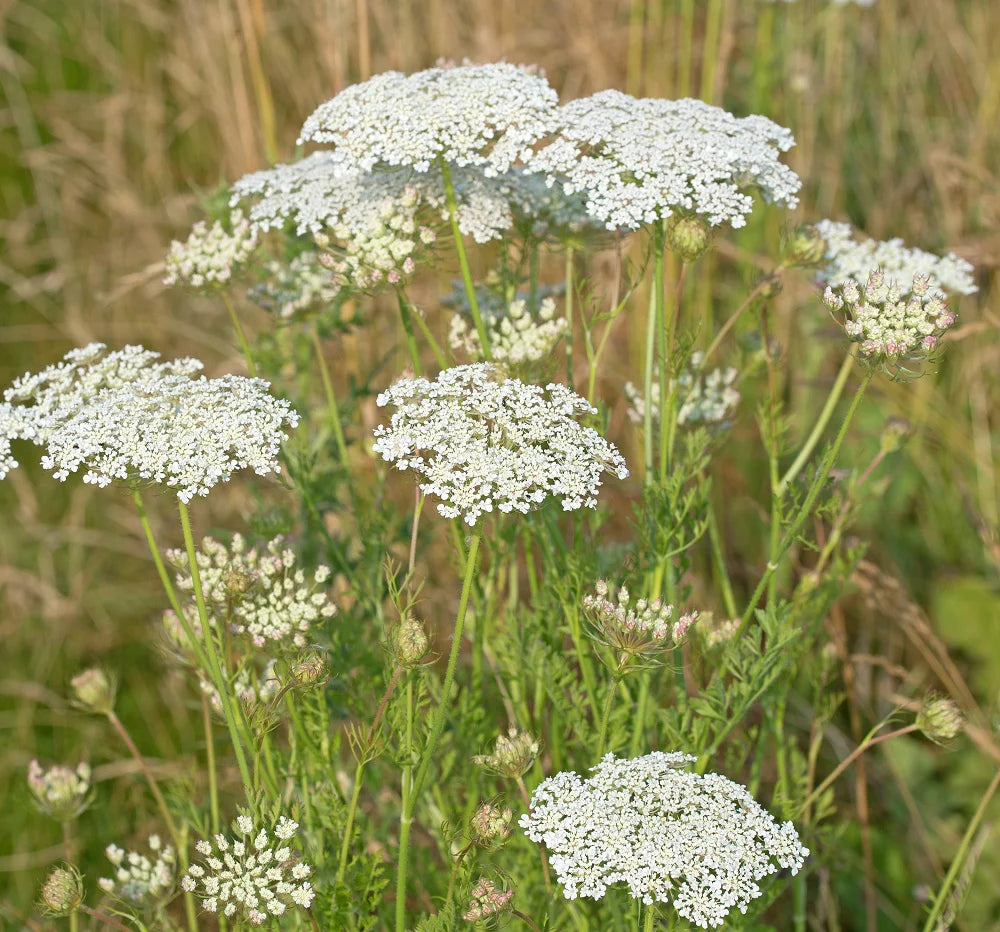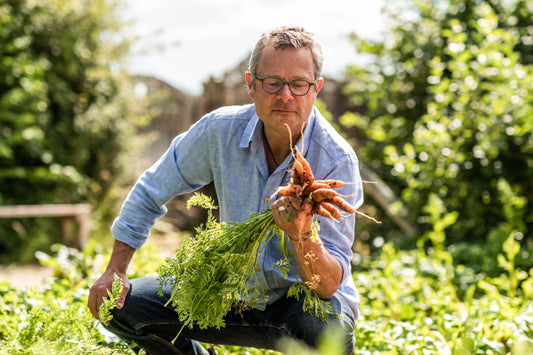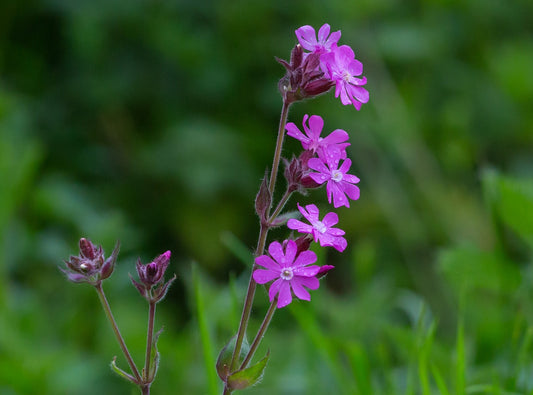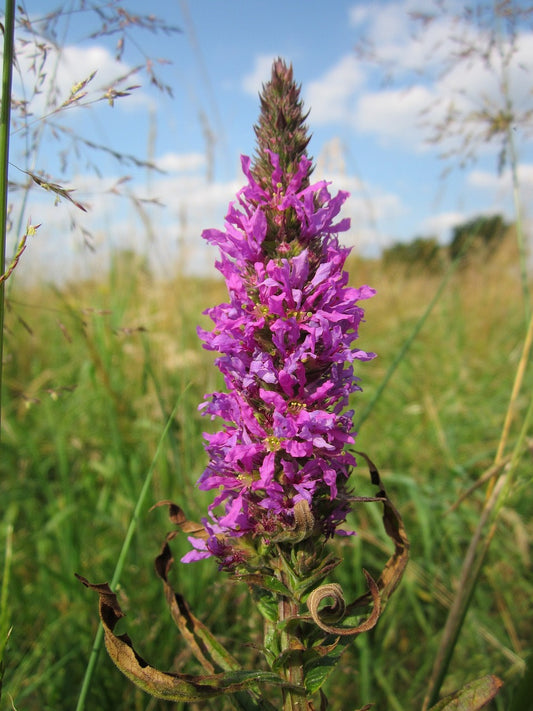
Discover the Charm of Wild Carrot: A Manual to Planting and Growing
Planting Wild Carrot: A Complete Guide to Cultivating This Unique Herb
Wild Carrot (Daucus carota) is a fascinating and versatile herb that adds both beauty and function to your garden. This guide provides essential information on planting, caring for, and harvesting Wild Carrot, ensuring you enjoy its unique qualities.
What is Wild Carrot?
Wild Carrot is the wild ancestor of the common cultivated carrot and is known for its delicate, fern-like leaves and umbels of small, white flowers. Native to Europe and parts of Asia, it is often found growing in meadows and along roadsides. Its root is edible but less sweet than the cultivated variety, while its seeds are used in herbal medicine.
Benefits of Growing Wild Carrot
Growing Wild Carrot offers several advantages. It attracts beneficial insects like bees and butterflies to your garden, and its attractive flowers can enhance the visual appeal of your outdoor space. Additionally, Wild Carrot is a hardy plant that can thrive in various conditions, making it a versatile choice for any garden.
Best Time to Plant Wild Carrot
The ideal time to plant Wild Carrot is in spring or early autumn. Spring planting allows the plant to establish itself as the weather warms, while autumn planting enables the seeds to undergo natural stratification over winter, leading to earlier germination in spring.
Choosing the Right Location for Wild Carrot
Wild Carrot thrives in full sun to partial shade. It prefers well-drained soil but can tolerate a variety of soil types, including sandy and loamy soils. Ensure that the planting area has good drainage to prevent waterlogging, which can lead to root rot.
Preparing the Soil for Wild Carrot
1. Soil Preparation: Clear the area of weeds and debris. Loosen the soil to a depth of about 15 cm (6 inches) and incorporate organic matter or compost to improve soil fertility and structure.
2. Soil pH: Wild Carrot prefers a slightly acidic to neutral pH. Aim for a pH range of 6.0 to 7.0 for optimal growth.
How to Sow Wild Carrot Seeds
1. Sowing Seeds: Scatter the Wild Carrot seeds evenly over the soil surface. Lightly press them into the soil or cover with a thin layer of compost. The seeds need light to germinate, so avoid burying them too deeply.
2. Watering: Keep the soil consistently moist until the seeds germinate. Once the seedlings are established, Wild Carrot is relatively drought-tolerant but benefits from occasional watering during prolonged dry spells.
Caring for Wild Carrot Plants
Once established, Wild Carrot requires minimal care. Regular weeding and occasional watering during dry periods will help keep the plants healthy. Consider mulching around the plants to retain soil moisture and suppress weeds.
Common Pests and Diseases
Wild Carrot is relatively resistant to pests and diseases. However, watch for aphids and fungal issues. Proper garden hygiene and maintaining good spacing between plants can help manage these problems effectively.
Harvesting Wild Carrot
You can begin harvesting Wild Carrot roots once they are mature, typically in late summer or early autumn. The seeds can be collected when they are dry and brown. Use the roots and seeds in herbal remedies or culinary applications as desired.
Companion Plants for Wild Carrot
Wild Carrot pairs well with other herbs and plants such as dill, fennel, and coriander. These companions can enhance the flavours and create a visually appealing garden.
Conclusion
Planting Wild Carrot in your garden is a rewarding experience that combines beauty, utility, and ecological benefits. With its low-maintenance requirements and unique attributes, Wild Carrot is an excellent choice for any garden enthusiast. Follow these guidelines for successful planting and enjoy the many benefits this fascinating herb has to offer.
Happy gardening, and may your Wild Carrot flourish!




